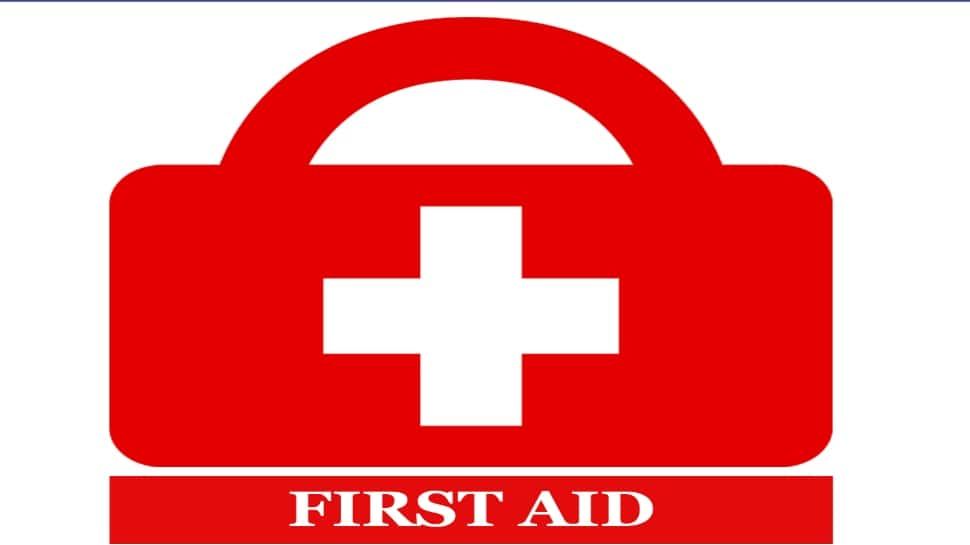Medical emergency first aid: First aid is defined as the FIRST ASSISTANCE or assistance provided to a casualty or sick person for any accident or sudden illness prior to the arrival of an ambulance, a qualified paramedic or medical person, or prior to arriving at a facility that may provide professional medical care. Giving medication or making a diagnosis is not part of first aid.
Here are the golden rules of first aid as per the Indian Red Cross Society.
Principles of First Aid
The key guiding principles and purpose of first aid are often denoted by the 3 Ps.
1) Prevent further injuries
2) Preserve life
3) Promote recovery
First actions by First Aiders- DR CAB
D: Danger assessment for self and victim
Do the first thing first; this includes assessing the situation for any immediate danger, quickly and methodically without panicking, giving priority to the most urgent situation/condition.
R: Responsiveness of the victim
Remove the victim from the cause of injury or the cause of injury from the victim.
C: Check and assess for pulse
Resuscitate the victim, if necessary and carry out general treatment of unconsciousness.
A: Assess and ensure a clear airway
Loosen all tight clothing or materials around the victim’s neck waist, wrist, etc.
B: Check if a person is breathing
If no breathing, start Chest compression [Cardio Pulmonary Resuscitation (CPR)].
First aid during an emergency: 4-STEP GUIDE
1. Safety first: Make sure both you and the victim are not in danger.
2. Check response: Call, shake, and shout to see if the person is conscious or unresponsive.
3. Seek help: Call or shout for assistance if you're by yourself, but never leave the victim unattended.
4. Quick assessment of the victim’s condition: Check the breathing and consciousness (look, listen, feel). Check for bleeding and other conditions that pose a threat to life and take action by performing things like:
-If no breathing, start Chest compression [Cardio Pulmonary Resuscitation (CPR)].
- If breathing is present but unconscious, the casualty is placed in a side recovery position.
- If bleeding is present, stop/control bleeding by direct pressure.
- Immobilise bone/joint injuries and take care when handling or moving to prevent any injury to the spine or neck.
- Do not allow people to crowd a victim and do not move a victim unless you really have to (dangerous environment, risk of falling debris, explosion etc).
- Reassure the victim and get help as soon as possible.
5. Make a thorough assessment and stabilise the person using the services and resources in the area.
Also Read: Cardiac arrest: What happens during a sudden loss of heart function?
There are no liabilities attached to the person who provides first aid at the time of an emergency. In fact, the Ministry of Road and Transport and Highways amended the 'Indian Good Samaritan and Bystanders Protection Guidelines' in The Gazette of India in May 2015. A 'Good Samaritan' in legal language refers to "someone who provides aid in an emergency to an injured person on a voluntary basis".
You can read the detailed First Aid procedure here.
















